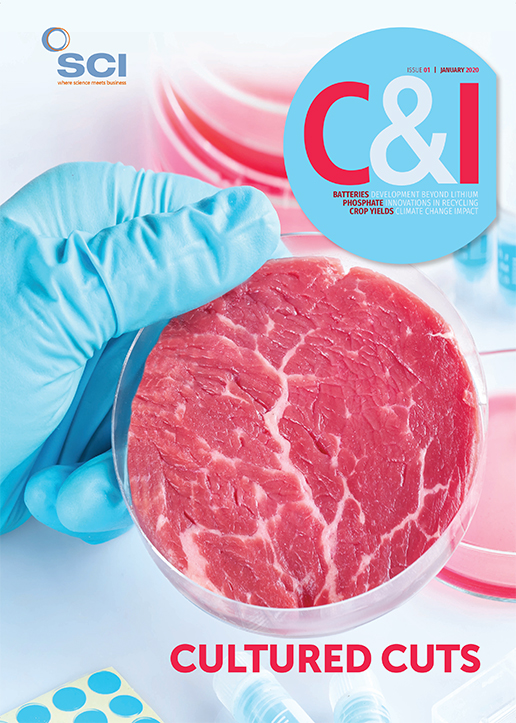Wheat harvests in Europe could increase by an extra 5t/ha, according scientists at Rothamsted Research, UK. Their study identified a genetic yield gap for wheat, which suggests in theory UK wheat could increase its yields by half as much again.
Wheat is a key staple crop for global food security, providing about 20% of total dietary calories and protein. Europe contributes around 35% to global wheat production.
The scientists estimated yield at 13 sites across the continent, and then compared these returns with an idealised crop (Global Food Security, 2020, 24, 100340). Wheat typically produces on average 8t/ha in the UK. The idealised crop was simulated to capture water, sunlight and nutrients to maximum efficiency. The perfect crops were then compared with six locally-adapted cultivars at the 13 sites, representing the major wheat growing regions in Europe.
‘The genetic yield gap we found shows that, even for Europe, we could still get a substantial increase in yields if we invested more money into crop breeding,’ says Mikhail Semenov, senior scientist at Rothamsted.
Experimental data were used to develop and calibrate a model for existing wheat cultivars. Simulations with idealised wheat plants were based on optimising key plant traits. These included tolerance and response to drought and heat stresses, the size and orientation of light-capturing leaves and the timing of key life cycle events such as flowering.
‘The greatest yield gap was in Denmark to the north,’ says Semenov. ‘In Spain, there is little we can do to improve yields [because conditions are already so harsh].’ Asked which traits were most open to improvement, Semenov says that tolerance to drought and heat would offer benefits everywhere.
‘This research highlights for breeders and geneticists which traits may be most important to target’, says Richard Richards, plant geneticist at CSIRO in Australia. ‘It gives them confidence that if they invest time and resources into a particular trait then it has a good chance of succeeding,’ he adds.
He notes, however, that the paper relies heavily on simulations, and there may be unexpected trade-offs when a new trait is introduced into a breeding programme. ‘Nothing replaces the real experimental effort that comes next.’
As to why the genetic yield gap is so wide, Richards believes there are multiple answers. ‘It could be that the hypothetical varieties would not fit into actual farming systems,’ he notes. ‘It could be that combinations of traits in reality are incompatible due to unforeseen trade-offs between them.’





